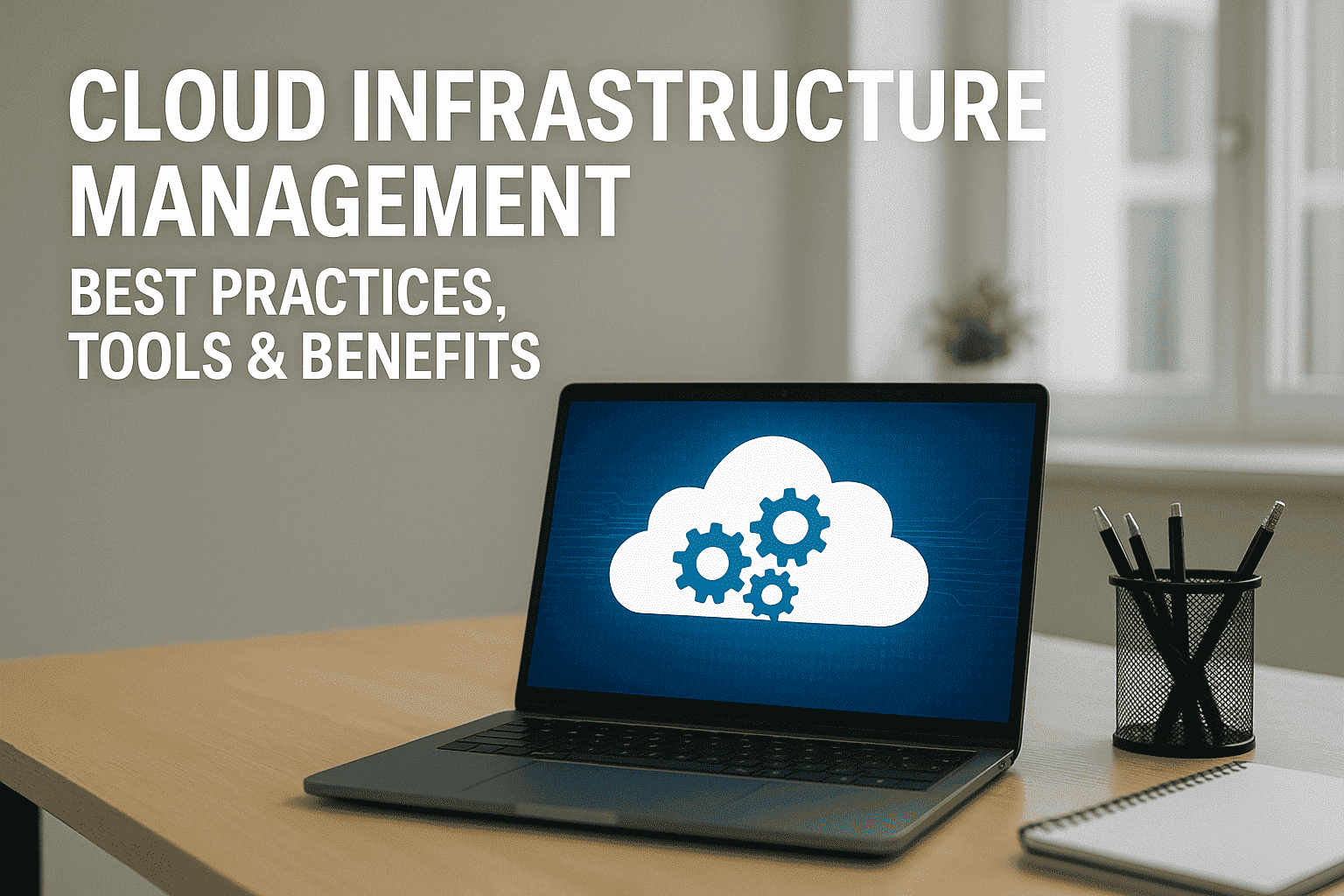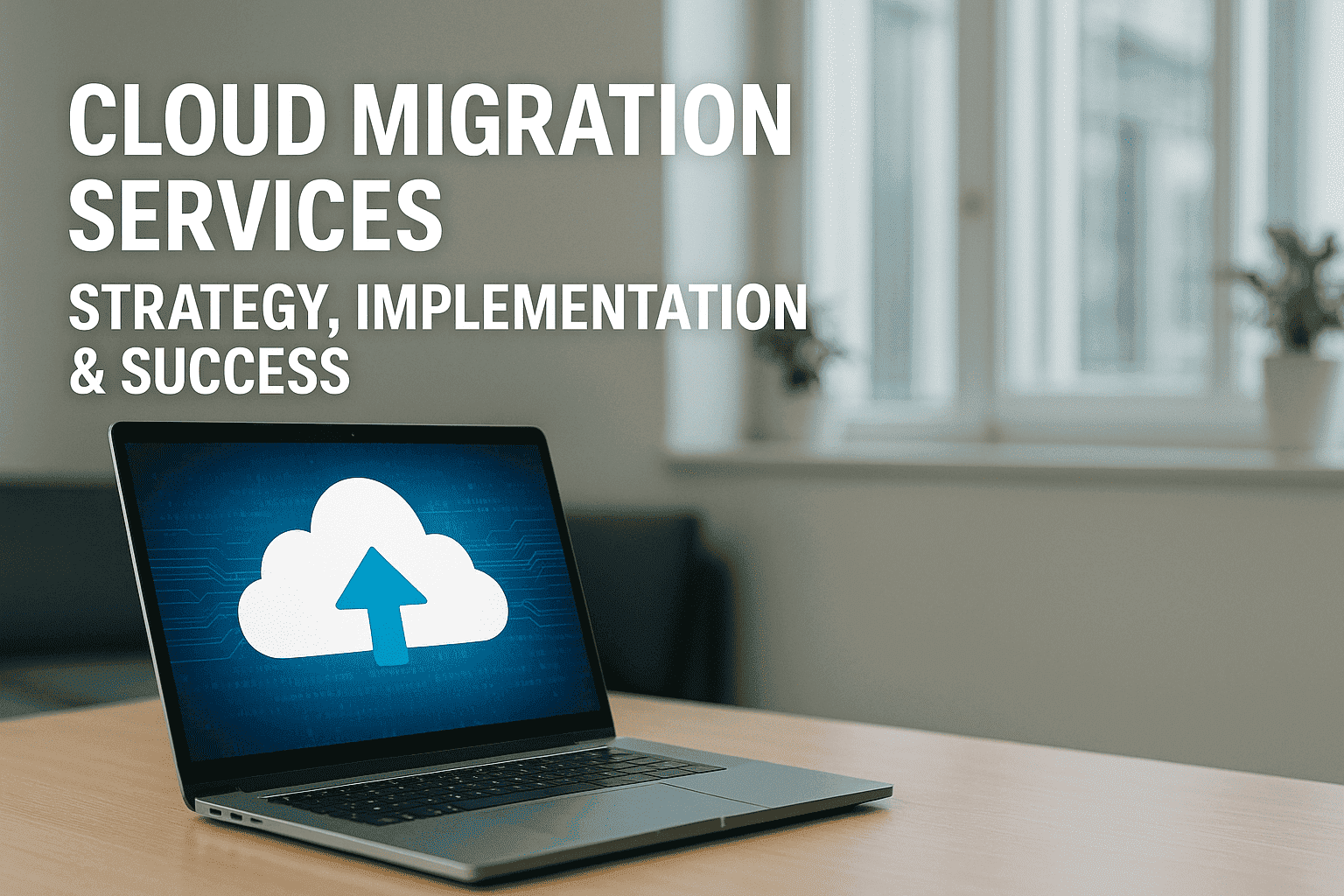When you think about efficient IT management, service desk solutions are indispensable. They centralize support processes, streamline ticket resolution, and enhance team communication. Imagine reducing manual tasks through automation, gaining quick insights with real-time analytics, and integrating essential tools seamlessly.
With user-friendly interfaces and customizable dashboards, these solutions can greatly enhance your organization’s productivity. But what are the key features you should be looking for, and how do you choose the right solution to meet your specific needs?
Benefits of Service Desk Solutions
Implementing service desk solutions can greatly enhance your organization’s efficiency and customer satisfaction. By centralizing your IT support, you’ll streamline processes and guarantee quicker response times to any issues that arise. Your team can resolve problems more effectively, reducing downtime and increasing productivity. When your employees can rely on swift support, they can focus more on their core responsibilities rather than getting bogged down by technical glitches.
Moreover, service desk solutions offer a structured approach to problem-solving. You’ll be able to track incidents, prioritize tasks, and allocate resources wisely. This not only helps in managing workloads but also in identifying recurring issues, enabling you to address root causes rather than just symptoms. As a result, your IT environment becomes more stable and dependable.
Additionally, with a service desk solution in place, communication improves significantly. Your team can access a shared knowledge base, leading to consistent and accurate information dissemination. This fosters a collaborative environment where everyone is on the same page, reducing misunderstandings and errors.
Ultimately, your customers will notice the difference—faster resolutions and better support experiences lead to higher satisfaction and loyalty.
Key Features to Look For
When choosing a service desk solution, you should focus on the key features that guarantee quick issue resolution, enhance overall functionality, and improve user experience.
Ticketing System Efficiency
Maximizing the efficiency of your ticketing system starts with identifying key features that streamline workflows and enhance user experience. A user-friendly interface is essential. You want your team to navigate the system effortlessly, reducing training time and minimizing errors. Look for customizable dashboards that let each user tailor their view according to their role. This personalization boosts productivity.
Another important feature is robust reporting capabilities. Detailed analytics help you track ticket trends, identify recurring issues, and measure performance. You can make data-driven decisions to improve your service desk operations. Also, consider a system that offers seamless communication options, like integrated chat and email functionalities. This ensures quick and effective interactions between your team and users.
Prioritization and categorization features are critical too. They help you manage tickets based on urgency and type, ensuring that critical issues get immediate attention. SLA (Service Level Agreement) management is another feature to prioritize. It helps you monitor and meet service commitments, maintaining user satisfaction.
Lastly, make sure your ticketing system supports scalability. As your organization grows, your system should adapt without a hitch, accommodating increasing ticket volumes and additional users effortlessly. These features collectively enhance efficiency, making your IT management more effective.
Automation and Integration
Automation and integration play a crucial role in enhancing the efficiency and workflow of any service desk system. When selecting a service desk solution, prioritize robust automation functionalities that can effectively manage repetitive tasks. For example, automated ticket routing ensures that issues are directed to the appropriate technician without manual interference, thereby accelerating the resolution process.
Integration capabilities are equally important. Your service desk should seamlessly integrate with other essential tools such as CRM software, email systems, and monitoring tools. This seamless connectivity enables smooth data transfer between systems, providing your team with comprehensive insights into customer interactions and issues.
Self-service portals are another key feature to consider. These portals empower users to independently resolve common issues through FAQs and knowledge bases, reducing the support team’s workload. Additionally, automated notifications help keep everyone updated on ticket statuses, reducing the need for frequent follow-up emails and calls.
Analytics and reporting should not be underestimated. Automation can generate real-time reports that identify trends and highlight areas for improvement. These insights enable data-driven decision-making and continuous enhancement of service desk operations.
Streamlining IT Requests
Streamlining IT requests boosts efficiency and minimizes downtime in your organization. When you simplify the process, employees can submit requests quickly, guaranteeing that issues are addressed promptly.
Implementing a user-friendly service portal is key to achieving this. With an intuitive interface, users can easily categorize and describe their problems, reducing the time your IT team spends deciphering vague requests.
Automated ticketing systems play a critical role here. They can prioritize and assign tickets based on predefined rules, ensuring that urgent issues receive immediate attention. This not only speeds up response times but also guarantees that resources are allocated effectively.
Additionally, integrating a knowledge base within the service portal allows users to find solutions to common issues independently, further reducing the volume of incoming requests.
Another important aspect is standardizing request forms. By providing templates for common issues, you eliminate guesswork and ensure that your IT team gets all the necessary information right from the start. This leads to faster resolution times and happier users.
Regularly reviewing and updating these forms based on feedback ensures they remain relevant and useful.
Ultimately, streamlining IT requests creates a more organized, responsive, and efficient IT service desk, benefiting your entire organization.
Enhancing Communication
To enhance communication for your service desk, you should focus on streamlined ticket resolution and real-time collaboration tools. Implementing these strategies will help your team respond faster and more effectively.
You’ll see improved efficiency and satisfaction for both your staff and users.
Streamlined Ticket Resolution
Effective communication is key to resolving tickets swiftly and efficiently. When you guarantee clear and concise communication with your team and end-users, you minimize misunderstandings and reduce the time needed to solve issues. Start by documenting every ticket with detailed, easy-to-understand descriptions. This way, everyone involved knows exactly what the problem is and what steps have already been taken.
Next, establish automated notifications to keep everyone in the loop. Notify both your team and the end-users about ticket status changes to ensure no one is left wondering about the progress. It’s also essential to use a centralized communication platform where all interactions related to a ticket can be tracked and reviewed. This helps in maintaining a clear history of the issue and the actions taken, reducing redundancy.
Encourage your team to ask clarifying questions early on. If something in the ticket isn’t clear, it’s better to address it immediately rather than guess and potentially extend the resolution time.
Lastly, always close the loop by confirming with the end-user that the issue has been resolved to their satisfaction. This ensures resolution and builds trust, paving the way for smoother future interactions.
Real-Time Collaboration Tools
Real-time collaboration tools can significantly enhance communication within your service desk team. By integrating these tools, you guarantee that everyone stays connected and informed, regardless of their location.
Tools like Slack, Microsoft Teams, and Zoom allow for instant messaging, video conferencing, and file sharing, making it easier to discuss issues and share solutions in real time.
Using these tools, you can quickly escalate problems that require immediate attention. For instance, if a critical system goes down, your team can jump into a video call and diagnose the issue collaboratively, reducing downtime. Real-time updates mean everyone is on the same page, which is essential for effective problem-solving and maintaining service continuity.
Additionally, these tools often come with integrations that connect with your existing ticketing systems. This way, you can link conversations directly to specific tickets, providing context and making sure nothing gets lost in translation. You can also create dedicated channels for different projects or issues, keeping discussions organized and focused.
Incorporating real-time collaboration tools into your service desk boosts communication and fosters a more responsive and agile work environment. Your team can resolve issues faster and more efficiently, ultimately leading to higher customer satisfaction.
Real-Time Analytics
Harnessing the power of real-time analytics can greatly enhance your service desk’s efficiency and responsiveness. By leveraging real-time data, you can gain immediate insights into your IT operations, helping you make quicker and more informed decisions. This means you’ll be able to identify and resolve issues before they escalate, reducing downtime and improving overall service quality.
For instance, real-time analytics enable you to track key performance indicators (KPIs) such as ticket resolution times, user satisfaction rates, and system performance metrics. This instant access to performance data allows you to pinpoint bottlenecks and inefficiencies swiftly. You’ll also be better equipped to allocate resources where they’re needed most, ensuring your team remains agile and effective.
Moreover, real-time analytics can help you anticipate trends and prepare for future demands. By analyzing patterns in your data, you can forecast potential issues and proactively address them. This predictive capability not only enhances your service desk’s responsiveness but also strengthens your strategic planning.
Incorporating real-time analytics into your service desk solution means you’re always one step ahead. You’ll deliver faster, more efficient service, and your team will operate with a higher level of confidence and precision.
Automation and Efficiency
Building on the insights gained from real-time analytics, implementing automation can greatly enhance your service desk’s efficiency and streamline operations. Automation reduces manual tasks, allowing your team to focus on more complex issues. By setting up automated workflows, you can guarantee that repetitive tasks such as password resets or ticket routing are handled swiftly and accurately, minimizing human error.
Automated ticketing systems can prioritize and assign tickets based on predefined criteria, making sure that urgent issues get immediate attention. This not only speeds up resolution times but also improves user satisfaction. Additionally, automation helps in maintaining consistency across your service desk operations. For instance, automated responses can provide users with instant feedback or troubleshooting steps, reducing the backlog of simple queries.
Integrating automation tools with your existing IT infrastructure is straightforward and can significantly enhance productivity. For example, chatbots can handle common inquiries, freeing up your agents to tackle more complex problems. Automated reports can give you insights into performance metrics without the hassle of manual data compilation.
Choosing the Right Solution
Selecting the right service desk solution can make a significant difference in your organization’s efficiency and user satisfaction. Here are the important questions to ask:
- What are your specific needs and goals? Are you looking to improve response times, enhance user experience, or streamline workflows? Knowing what you need will help you narrow down your options.
- Is the solution scalable? Your organization will grow, and your service desk needs to grow with it. Look for solutions that can handle increasing ticket volumes and integrate with other tools your team uses. Flexibility is key here.
- Is it user-friendly? A complicated interface can slow down your team and frustrate users. Opt for a solution that’s intuitive and easy to navigate. This improves efficiency and reduces the learning curve for new team members.
- What level of support and training is offered by the vendor? You’ll want a partner who provides thorough onboarding and ongoing support to make sure you’re getting the most out of the tool.
Investing in the right service desk solution is pivotal for long-term success, so take the time to choose wisely.
Conclusion
Adopting a proper service desk solution helps you streamline your IT processes and boost your team’s productivity. Our specialized IT services at Network Right enhance communication, automate tasks, and provide real-time analytics to help you make quick, informed decisions. With user-friendly interfaces and customizable dashboards, managing IT requests becomes a breeze.
Remember, choosing the right solution can significantly improve response times and overall efficiency.
Need help with something else? Network Right offers managed IT services, IT support, cybersecurity protection, and a range of professional services tailored to your needs. Our local expertise ensures that you receive personalized, strategic benefits.
Fill out the form below to explore how we can transform your IT management and drive your success.


